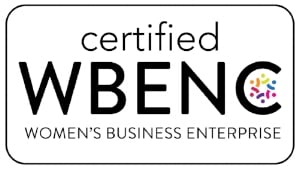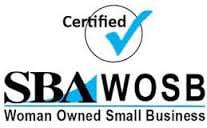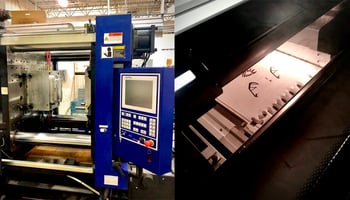 Even just 10 years ago, the lines between injection molding and 3D printing (aka additive manufacturing) were clear. 3D printing was best for assisting in the design and prototyping of parts, and injection molding was used for large-scale production. However, with advancements in 3D printing tech, the roles designated to the two processes have become much more complex.
Even just 10 years ago, the lines between injection molding and 3D printing (aka additive manufacturing) were clear. 3D printing was best for assisting in the design and prototyping of parts, and injection molding was used for large-scale production. However, with advancements in 3D printing tech, the roles designated to the two processes have become much more complex.
New 3D printing technologies such as HP Multi Jet Fusion and Carbon DLS are making larger-scale production with 3D printing possible. This means that the best process for your product may be different today than it was in the past.
To help you get an idea of which process is best for you, we're going to go through some of the pros and cons of each. We'll then highlight some scenarios where your business would likely want to choose injection molding over 3D printing, and vice versa.
But it’s important to emphasize that the best way to find out what process you should choose is to talk to an expert that can understand your specific circumstances. To do that, reach out to The Technology House (TTH) today.
Injection Molding: Pros and Cons
Pros
- Great for medium- to high-volume production (5,000 – 100,000+ parts)
- Low cost per part
- High tolerance
- Huge range of materials you can use
- Wide range of surface finishes and textures
Cons
- Significant upfront costs for tooling
- Limited flexibility once tooling is made
- Freedom of design constrained by the process
3D Printing (Additive Manufacturing) Pros and Cons
Pros
- Great option for low to medium-volume production (1,000 – 50,000 parts)
- Excellent speed to market
- Lower upfront cost when compared to injection molding
- Solid range of materials to choose from
- Allows you to rapidly change designs, making it excellent for developing new products
- Allows you to design complex parts or assemblies without constraints of traditional processes, allowing you to unlock performance benefits and reduce assembly steps in a way that’s not available with other processes.
Cons
- Still not economically competitive for high-volume production (100,000+ parts) when compared to injection molding
- There still are material restrictions when compared to injection molding
- May not be viable for specific industries because of regulations
When To Use Injection Molding vs. 3D Printing
As you can see from the pros and cons above, the line between whether it’s more beneficial to use injection molding vs. 3D printing is blurred. The reality is that the process that's going to be the best for you will be heavily dependent on your specific organization and product. This is why it’s best to get in contact with an experienced professional that understands these technologies to help decide.
That being said, in the examples below we'll expand on those pros and cons to give general recommendations and guidelines. This will shed light on the various factors and nuances that can influence which process will be best for you.
When To Use Injection Molding
In general, there are three instances where it’s best to use injection molding:
- When you need high-volume production
- When you’re confident in the lifespan/design of the part
- When your industry requires it
When You Need High-Volume Production
While additive manufacturing has come a long way, it still doesn’t hold up to injection molding’s economy of scale.
In the instances where your organization needs high-volume production at over 100,000 parts, injection molding is likely going to be your best bet. Even with the increased upfront cost for the injection mold tooling (something that’s not required for 3D printing), you will eventually be able to offset that cost.
When You’re Confident in the Lifespan/Design of the Part/Product
One of the drawbacks of injection molding is its inflexibility. However, in the cases where the part you’re producing has a finalized design and a long lifespan, injection molding will be your best bet. Of course, you will need to pay upfront for the cost of the injection molding tooling, but once you have that you'll be able to create your part over and over at tight tolerances for years to come. In other words, it will eventually pay for itself.
When Your Industry Requires It
In certain highly regulated industries such as healthcare and aerospace, there are rigid restrictions on the materials that can be used depending on your circumstances. We covered this in a bit of detail in our last blog on injection molding for aerospace.
In certain cases, parts and products in these industries have gone through rigorous testing for things like sanitation, flame resistance, and degradation. While 3D printing has many materials that are equivalent to injection molding materials, regulations often dictate that the exact material used for testing must be used in final production. In this case, these companies must stick with injection molding because the required materials are just not offered for 3D printing yet.
When You Should Use 3D Printing
In general, there are three instances where you should use 3D printing/additive manufacturing:
- When you haven't finalized the design
- When you want freedom of design to make things that can’t be made through other processes.
- When you need to accelerate your speed to market
When You Haven't Finalized the Design
If you’re still in any sort of prototyping or development stage for your part/product, and the design isn't finalized just yet, additive manufacturing may be the best choice for you. With additive manufacturing, you can change the design of your product as soon as you change the design of the file.
If you were to do the same for injection molding, you would need to spend money to modify or purchase new tooling every time you wanted to make a change.
When You Want to Combine Multiple Parts
As mentioned in the pros and cons list above, additive manufacturing allows you to build extremely complex and intricate parts and products. This makes it a perfect technology to combine multiple parts into one.
This is also a great example of why the decision of whether to use 3D printing or injection molding is so nuanced. For instance, say your organization builds a product that requires four different injection molded parts to be constructed together to produce your final product. For any one of your parts, it may be more economical to use injection molding to create them. However, when all of those parts need to go through post-processing to produce your finished product, the cost per unit can significantly increase.
With 3D printing, you could combine all four of those parts and get a finished product with no need for post-production. This may technically cost you slightly more per part to create, but the significant cost savings in post-production would be enough to offset that.
When You Need To Accelerate Your Speed to Market
In the instances where you need to accelerate your speed to market, 3D printing is your best bet.
At TTH, our clients send us a new 3D printing file and we can have the part in production within a couple of days. For injection molding, new tooling takes three to four weeks to arrive at the very least. For high-quality steel tooling, wait times are closer to six to 12 weeks.
A dramatic example where we needed to accelerate speed to market was during the beginning COVID-19 pandemic. Since there were significant shortages in healthcare products and PPE, TTH’s 3D printers were in overdrive to rapidly prototype and produce those products.
Using Both Technologies
These are just a few of the instances where it may be more beneficial to use one technology over the other. However, in some cases, it can be best to use both.
For example, some businesses use 3D printing while they wait for injection molding tooling. Others have new products but aren't sure how much they'll need to produce, so they use 3D printing until they can get an estimate of demand before investing in injection molding.
This is why it’s best to work with a company that uses both technologies and has experts to help you figure out the best one for your application. At TTH, we have capabilities not only in injection molding and 3D printing but also in CNC machining and urethane casting. To learn more about how TTH can help you design, test, and produce your product, get in touch with a TTH expert today.







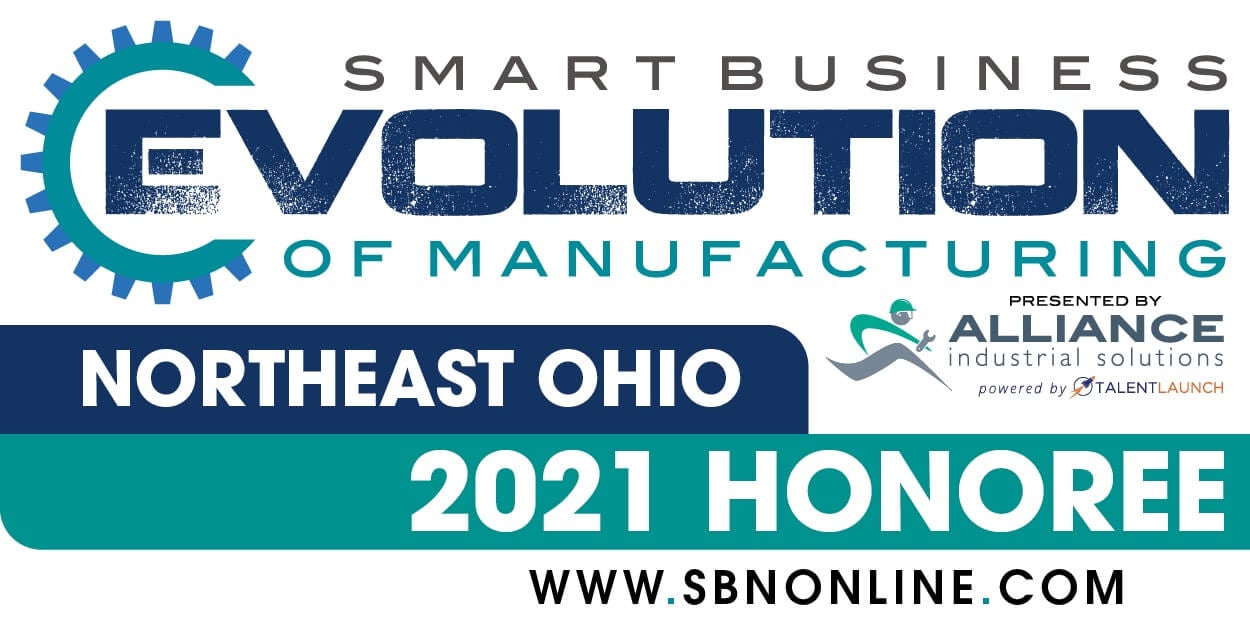
.jpg)
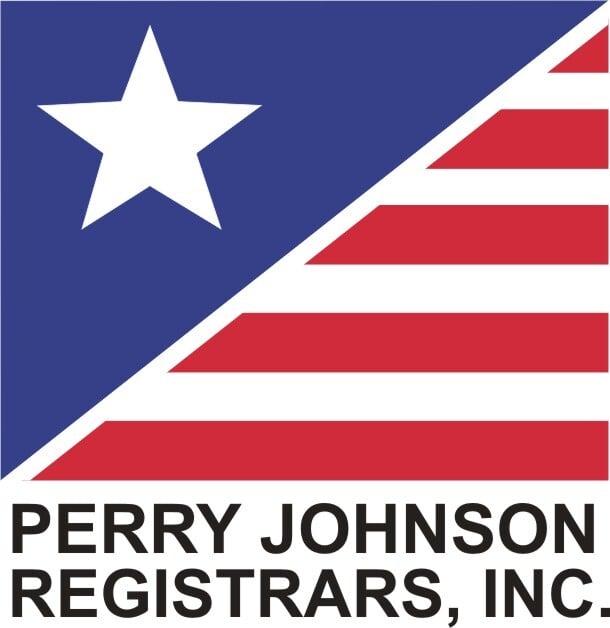
.png)
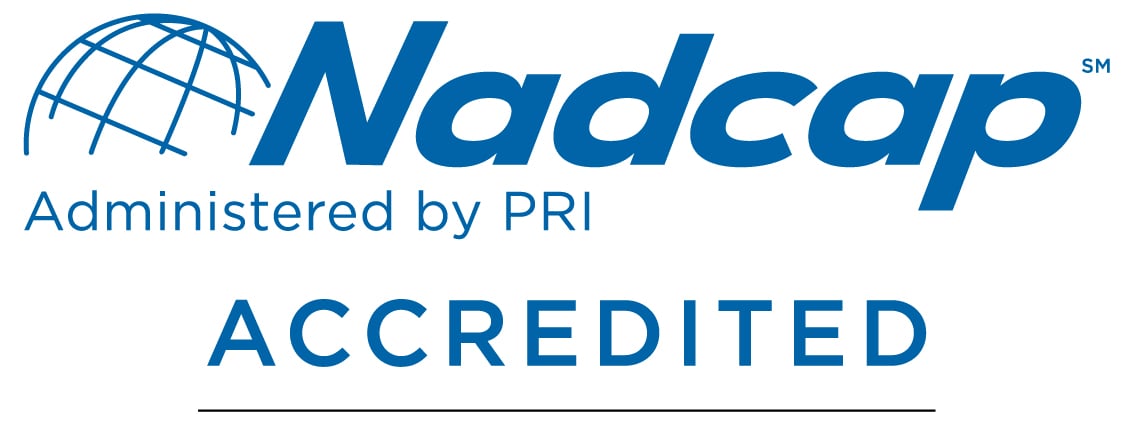
.png)
